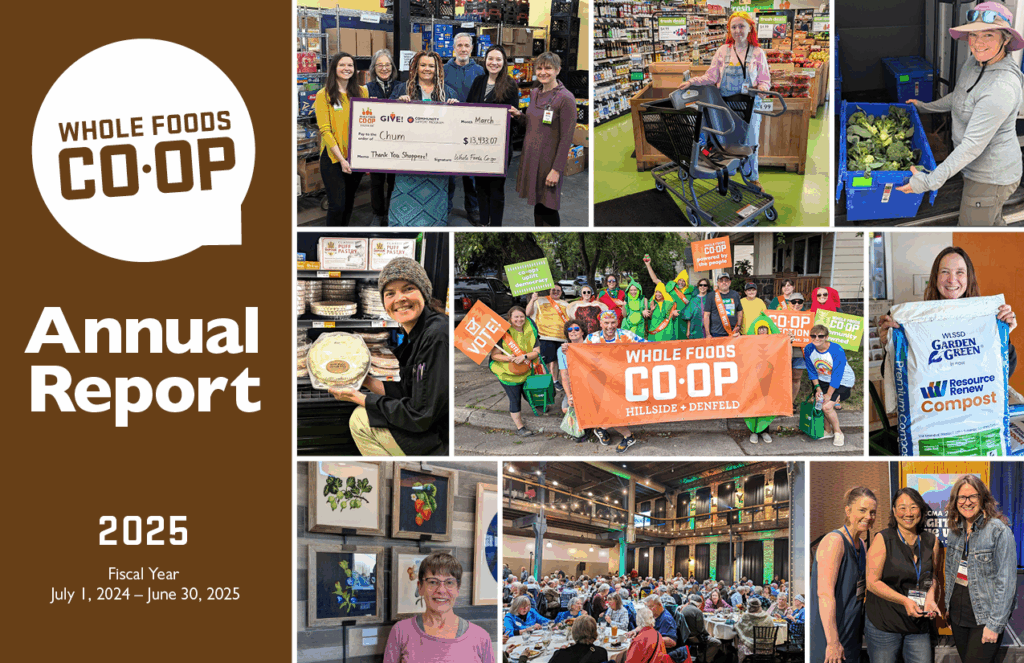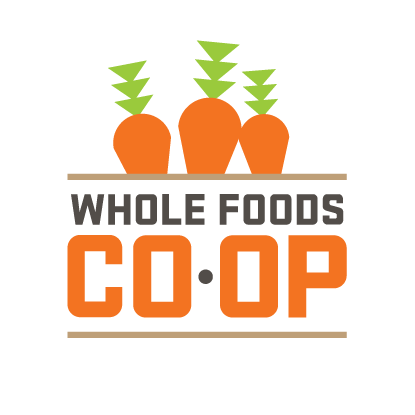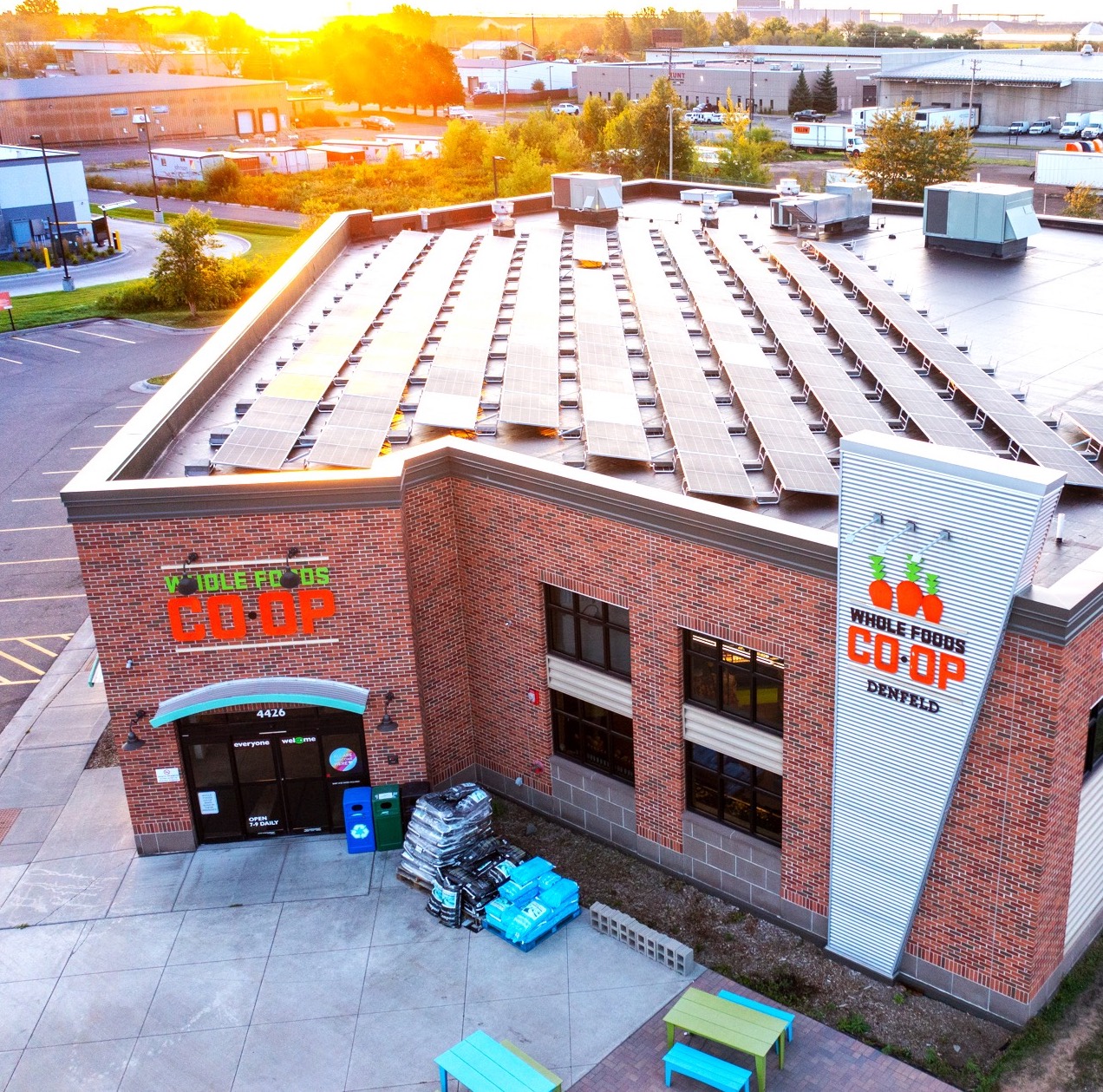Our Ends
With Whole Foods Co-op, our community is better connected, our food system is resilient, and our regional economy is thriving.
7 Co-op Principles
A cooperative is an autonomous association of persons united voluntarily to meet their common economic, social, and cultural needs and aspirations through a jointly owned and democratically controlled enterprise.
Whole Foods Co-op is a consumer-owned cooperative. It is a business voluntarily owned and controlled by its Owners.

Voluntary and Open Membership
Cooperatives are voluntary organizations open to all persons able to use their services and willing to accept the responsibilities of membership without gender, social, racial, political, or religious discrimination.

Democratic Member Control
Cooperatives are democratic organizations controlled by their members, who buy the goods or use the cooperative’s services and actively participate in setting policies and making decisions.

Member Economic Participation
Members contribute equally to, and democratically control, the cooperative’s capital. This benefits members in proportion to the business they conduct with the cooperative rather than on the capital invested.

Autonomy and Independence
Cooperatives are autonomous, self-help organizations controlled by their members. If the co-op enters into agreements with other organizations or raises capital from external sources, it does so based on terms that ensure democratic control by the members and maintain the cooperative’s autonomy.

Education, Training, and Information
Cooperatives provide education and training for members, elected representatives, managers, and employees so they can contribute effectively to the development of their cooperative. Members also inform the general public about the nature and benefits of cooperatives.

Cooperation Among Cooperatives
Cooperatives serve their members most effectively and strengthen the cooperative movement by working together through local, national, regional, and international structures.

Concern for Community
Cooperatives focus on member needs and work for the sustainable development of communities through policies and programs accepted by the members.
Annual Reports
Check out our Annual Reports to learn about the Co-op’s sales and Owner equity growth, as well as our impact on our community and local economy.

Denfeld Solar Project 2023
On Wednesday, October 18, 2023, Whole Foods Co-op held a Ribbon Cutting Ceremony to announce the completion of a 145-panel solar array on the rooftop of the Denfeld store. Solar Bear completed the Solar installation, with panels assembled by Heliene in Mountain Iron, Minnesota. The panels will generate approximately 83,000 kWh each year. For more information, read about the project in the Fall 2023 Issue of the Garbanzo Gazette.


 " />
" />